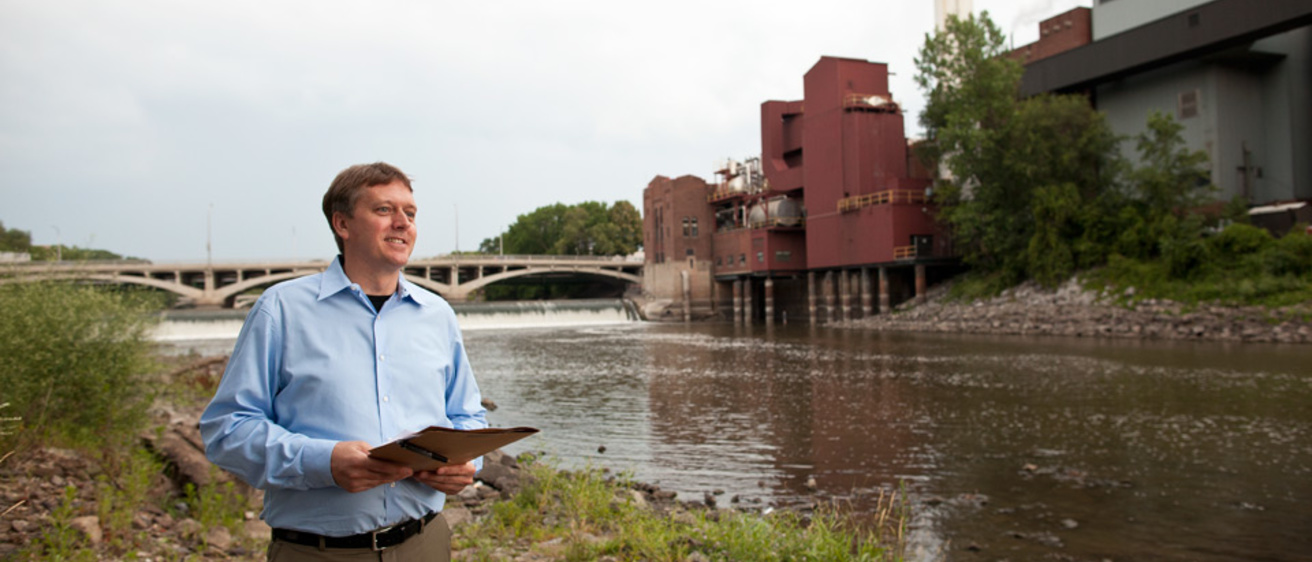The Environmental Protection Agency has awarded a $60,000 Urban Waters Grant to the City of Iowa City for planning and design to modify the Burlington Street dam.
As part of Iowa City's Riverfront Crossings District revitalization project, these improvements to the dam could create recreation opportunities such as whitewater rafting and boating, as well as improve water quality, fish habitat, and riverbank stability.
EPA Region 7 Administrator Karl Brooks, Iowa City Mayor Matt Hayek, and Larry Weber of the Iowa Flood Center made the announcement June 29 about the grant that will expand the EPA’s environmental partnership with Iowa City and the University of Iowa.
Improvements to the Burlington Street dam could create recreation opportunities such as whitewater rafting and boating, as well as improve water quality, fish habitat, and riverbank stability.
A former low-head hydroelectric dam, the Burlington Street Dam provides cooling water for the UI Power Plant and controls the water level at the UI Water Plant to the north. The dam also includes a steam tunnel that takes steam to the west side of the river.
The dam would not be removed as part of the proposed project, but modified to make the dam area safer for people to access. The project will also strive to improve riparian habitats along the Iowa River.
Steve Long, Iowa City’s community development coordinator, estimates the planning and design study will take approximately six months to finish, and the permit process for work to begin will take another year.
The funding is part of EPA’s Urban Waters Program, which supports communities in their efforts to access, improve, and benefit from urban waters and surrounding land.
The EPA has worked closely with the UI and Iowa City officials to initiate numerous environmental partnerships. One of the university partnerships is related to increasing awareness about the shared value of Iowa’s water resources and the impact of land use along rivers.
As part of the Iowa City partnerships, EPA provided a market analysis, transit development study, and plans for the Riverfront Crossings District. The plan provides a vision for redevelopment of underutilized properties with a mixture of housing, commercial, and civic uses and restoration of the floodplain as a major riverfront park.
